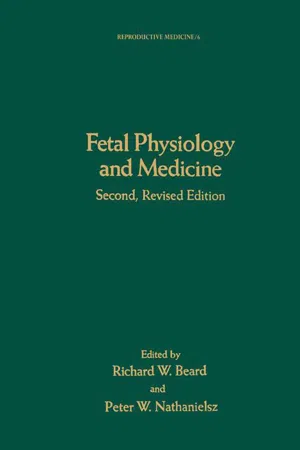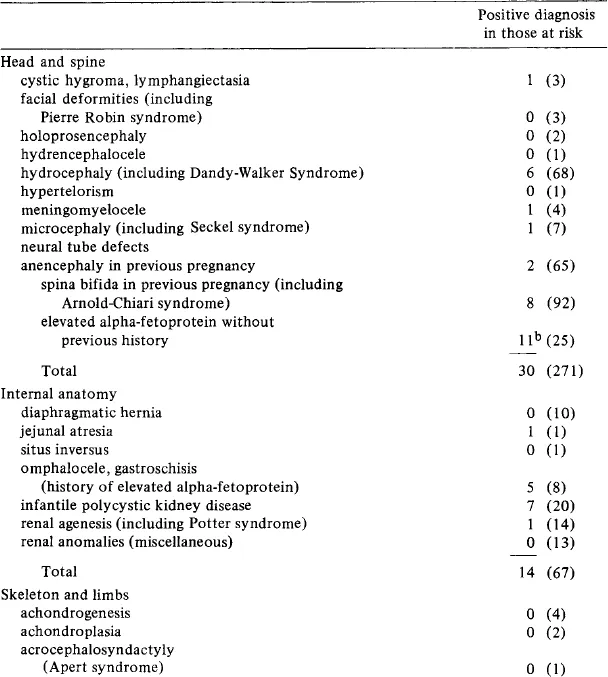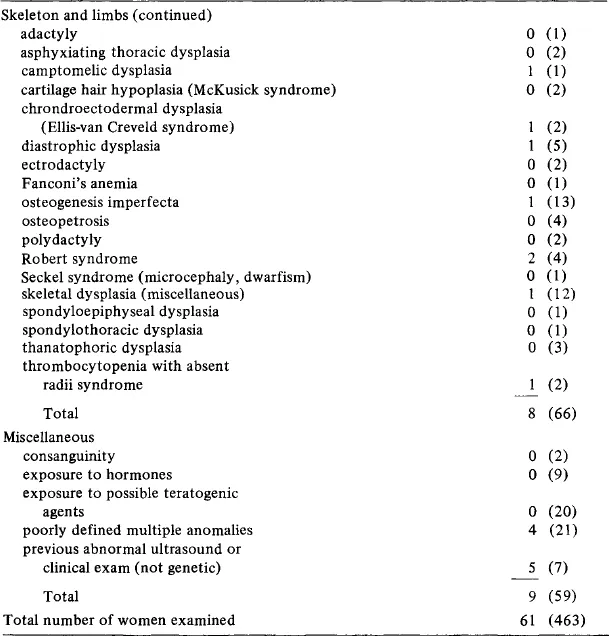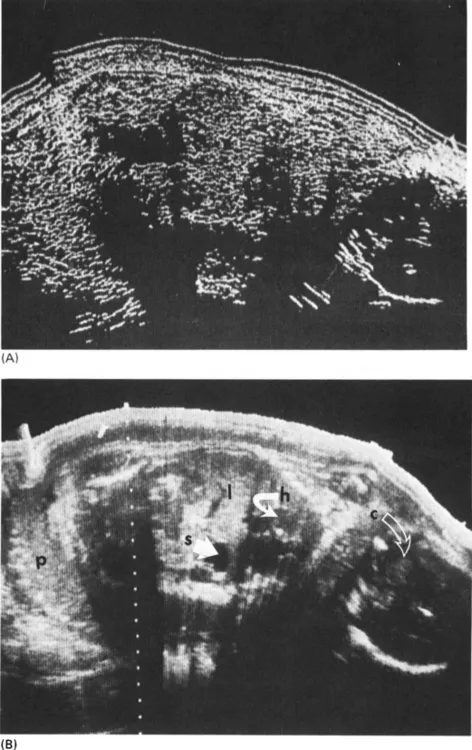
Fetal Physiology and Medicine
The Basis of Perinatology
- 838 pages
- English
- ePUB (mobile friendly)
- Available on iOS & Android
Fetal Physiology and Medicine
The Basis of Perinatology
About This Book
Fetal Physiology and Medicine: The Basis of Perinatology, Second, Revised Edition documents many of the major advances in fetal medicine, including developmental physiology, pathology, and therapy. This book covers the most important areas of maternofetal medicine and presents different views of the critical problems of development. The various components of fetal metabolism are highlighted to demonstrate how animal experimentation has given a clear view of the interrelationship of the mother, placenta, and fetus. This text is comprised of 24 chapters; the first of which describes the use of ultrasound in antenatal diagnosis of congenital structural anomalies. This topic is followed by a discussion on sexual differentiation, acquired immunity, and endocrine changes, as well as the physiology of breathing, the control of the fetal cardiovascular system, lung maturation, fetal infections, and the effects of hypoxia on the fetal brain. This book also provides comprehensive reviews of fetal regulatory mechanisms, such as the reninangiotensin system, water metabolism, and fetal and placental hormone production. Other chapters focus on clinical applications, such as antenatal fetal heart rate monitoring, the technical aspects of fetal and uterine pressure measurements, fetal acid-base balance, and the prevention of preterm delivery. A section that explores the transition from intrauterine to extrauterine life concludes this book. This source is of great potential value to all students and practitioners of reproductive medicine.
Frequently asked questions
Information
Antenatal Diagnosis of Congenital Structural Anomalies with Ultrasound
Publisher Summary
INTRODUCTION


ULTRASOUND

DIAGNOSIS OF CONGENITAL STRUCTURAL ANOMALIES IN PREGNANCIES NOT KNOWN TO BE AT RISK
Table of contents
- Cover image
- Title page
- Table of Contents
- REPRODUCTIVE MEDICINE
- Copyright
- Foreword
- Preface
- Contributors
- Chapter 1: Antenatal Diagnosis of Congenital Structural Anomalies with Ultrasound
- Chapter 2: Sexual Differentiation
- Chapter 3: Ontogeny of Acquired Immunity and Maternofetal Immunological Interactions
- Chapter 4: Endocrine Pancreas of the Pregnant Mother, Fetus, and Newborn
- Chapter 5: Fetal Fat and Glucose Metabolism
- Chapter 6: Maternal, Fetal, and Neonatal Amino Acid and Protein Metabolism
- Chapter 7: Diabetes Mellitus and the Fetus
- Chapter 8: Fetal Breathing
- Chapter 9: Physiological Control of the Fetal Cardiovascular System
- Chapter 10: Fetal Lung Maturation and the Respiratory Distress Syndrome
- Chapter 11: Maternal and Fetal Infection
- Chapter 12: Factors Influencing Perinatal Wastage
- Chapter 13: Effect of Hypoxia on Fetal Brain
- Chapter 14: Renin-Angiotensin System in Early Life
- Chapter 15: Mineral and Water Exchange between Mother and Fetus
- Chapter 16: Regulation of Fetal Growth
- Chapter 17: Fetal, Placental, and Maternal Hormones
- Chapter 18: Energy and Substrate Requirements for Fetal and Placental Growth and Metabolism
- Chapter 19: Regulation of Myometrial Function throughout Gestation and Labor: Effect on Fetal Development
- Chapter 20: Antepartum Monitoring of Fetal Heart Rate
- Chapter 21: Technical Aspects of Fetal and Intrauterine Pressure Monitoring
- Chapter 22: Maternal and Fetal Acid – Base Balance and Blood Gas Measurement
- Chapter 23: Prevention of Preterm Delivery
- Chapter 24: Adaptation of the Newborn to Extrauterine Life
- Index
- About the Editors